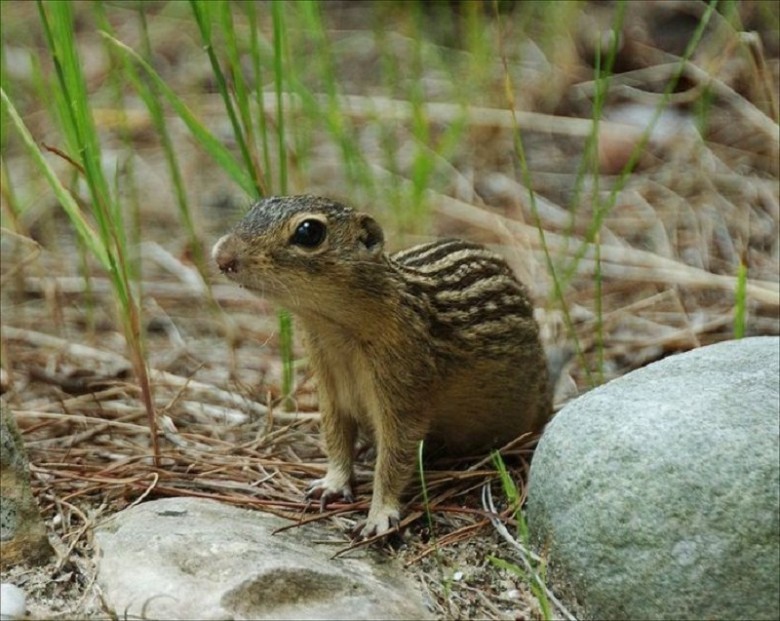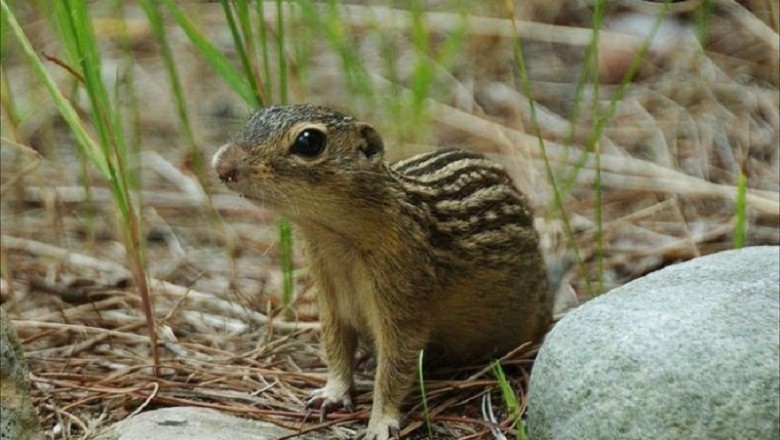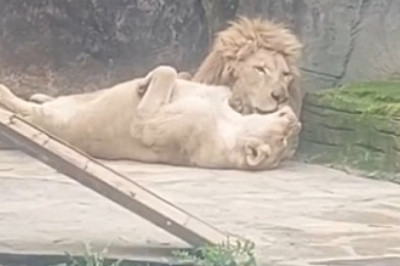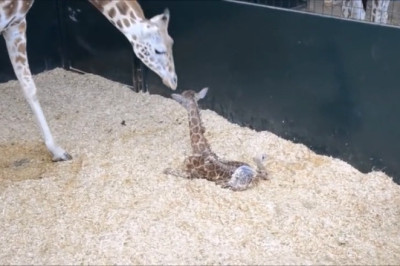The Remarkable Adaptations of the Gopher: Surviving Without Water for 8 Months
Gophers, belonging to the squirrel family (Sciuridae), exhibit incredible life rhythms that set them apart from their squirrel cousins. While squirrels rely on stored food supplies to survive the cold seasons, gophers have a unique way of coping with harsh environments - hibernation. An international team of biologists delved into studying these processes, focusing on the intriguing case of the thirteen-lined ground squirrel (Ictidomys tridecemlineatus) found in North America, known to hibernate for up to eight months a year.
The Hibernation Cycle of the Thirteen-Lined Ground Squirrel
During the summer months, the gopher diligently fattens up in preparation for the impending hibernation. By October, it retreats to its burrow, curls into a ball-shaped form, and slows its breathing drastically from 200 breaths per minute to one breath every five minutes. The gopher remains in this dormant state until March or April, with the duration of their hibernation period increasing with age.
The Science Behind Thirst and Hibernation
Thirst, a basic physiological need for all living beings, plays a critical role in waking up from any state of sleep, including hibernation. Animals sense thirst when the osmolality of their blood serum (the concentration of dissolved substances) rises to a certain level, primarily influenced by sodium ions. The unique aspect of the gopher's hibernation lies in their ability to suppress thirst for an extended period, prompting scientists to unravel the underlying mechanisms.
Initially, researchers speculated that ground squirrels might increase their fluid intake before hibernation. However, upon measuring the blood serum concentrations of gophers before entering hibernation, they discovered that the animals did not consume more fluids than usual. In fact, they appeared to reduce their fluid intake, sparking further curiosity among scientists.
The Role of Blood Serum Concentrations
To decipher this paradox, scientists analyzed the blood of ground squirrels at various stages of their annual cycle - during hibernation and immediately post-hibernation. This meticulous examination unveiled a fascinating adaptation strategy employed by the gophers. Before entering hibernation, they actively adjust the concentration of their blood serum by removing electrolytes like sodium ions, as well as other substances such as glucose and urea, redistributing them throughout their bodies, including the bladder. This deliberate adjustment results in an extremely low plasma level that allows the gophers to remain in a deep slumber for as long as necessary, all the while avoiding the pangs of thirst even after waking up from hibernation.
Insights and Implications
Moreover, artificially increasing the blood serum concentration of the gophers triggered an immediate thirst response, disrupting their ability to sustain long-term hibernation. The time required for these animals to naturally restore their blood serum levels post such artificial changes remains a subject for further investigation.

This groundbreaking discovery holds significance beyond the realms of understanding the animal kingdom. The findings could potentially offer insights into managing conditions like diabetes in humans and aid in preparing individuals for extended space missions where resource limitations are a critical factor.
In essence, the ability of the gopher to survive without water for an astonishing eight months through a combination of biological adaptations and behavioral modifications serves as a testament to the marvels of nature's design. As we unravel the mysteries of these remarkable creatures, we uncover valuable knowledge that may hold the key to addressing challenges in both the natural world and human health.






















Comments
0 comment